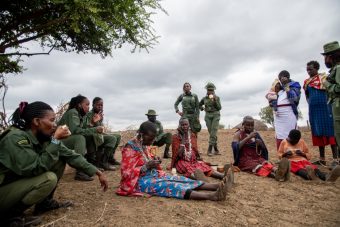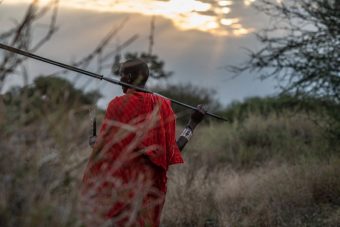
For ten years, Dixon Parmuya has guided tourists on bush walks around Amboseli National Park in Southern Kenya. But since COVID-19 swept through Kenya in mid-March, the country’s tourism industry has dwindled, leaving many locals without jobs and animals without protection.
The coronavirus pandemic is creating what experts are calling a brewing conservation crisis in Kenya, a country home to some of Africa’s most iconic animals. Most of Kenya’s programs to protect wildlife are funded directly by tourist dollars and with visitor numbers down, money for conservation is drying up, say experts. There are also fears that poaching will rise, leaving wildlife protection hanging in the balance.
“If there is no tourism, there is no conservation,” says Parmuya.
But the pandemic is encouraging countries to change that.
“Tourism can be fickle,” says Doreen Robinson, Chief of Wildlife at the United Nations Environment Programme (UNEP). “We have to be more creative to expand revenue streams that can directly support local communities and protect natural assets.”

In Africa, UNEP is working closely with governments and partners to encourage wildlife-based economies – where local communities are central to protecting the wildlife areas they inhabit, for mutual benefit of both. This includes going beyond tourism to attract other kinds of green investment in wildlife areas, like using natural resources to produce consumer goods in a sustainable way.
“We have to ensure that money gets reinvested into locally protected areas, and benefits are shared with the communities protecting biodiversity and wildlife, because these communities are creating the conditions for long-term, sustainable conservation in Kenya,” says Robinson.
That is something Purity Amleset agrees with. She is part of a team of all-female rangers with the International Fund for Animal Welfare that is working to raise awareness about the importance of wildlife to Kenya’s economy and its identity.
“As a ranger, I’m creating that conducive environment between the wild animals and my community. I come from that community, so they understand me well when I tell them the importance of wildlife,” she says.
Source: UNEP




